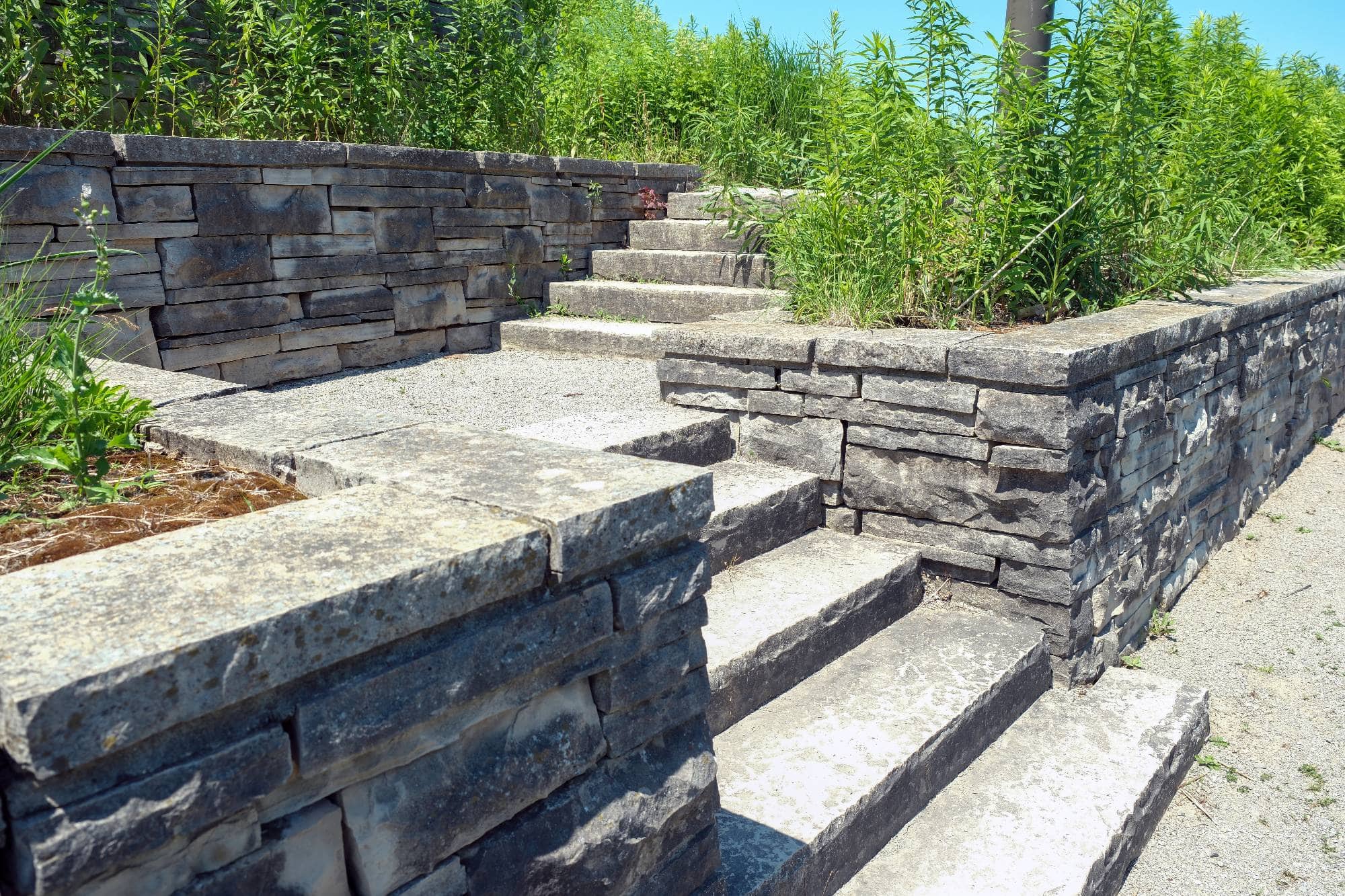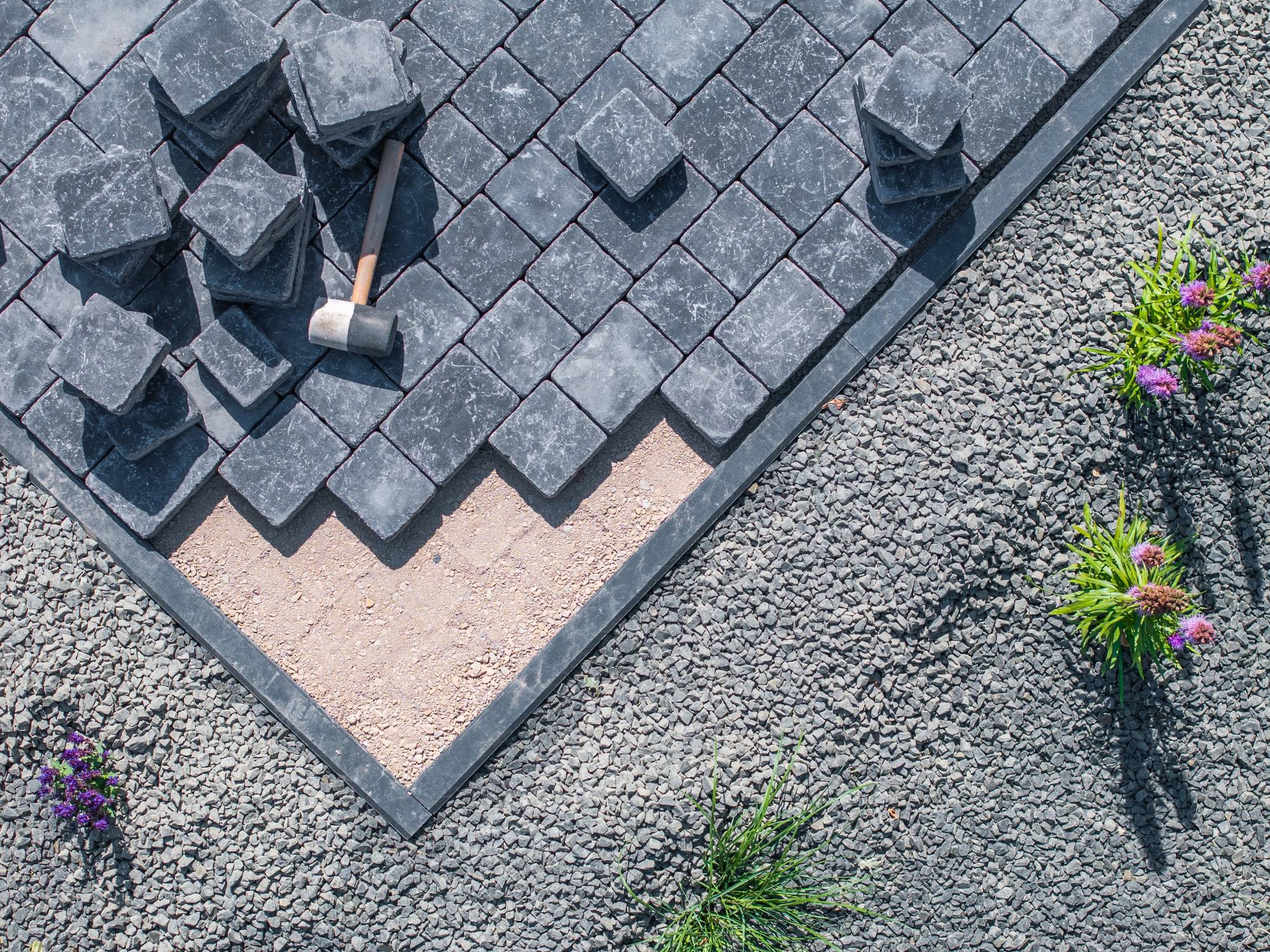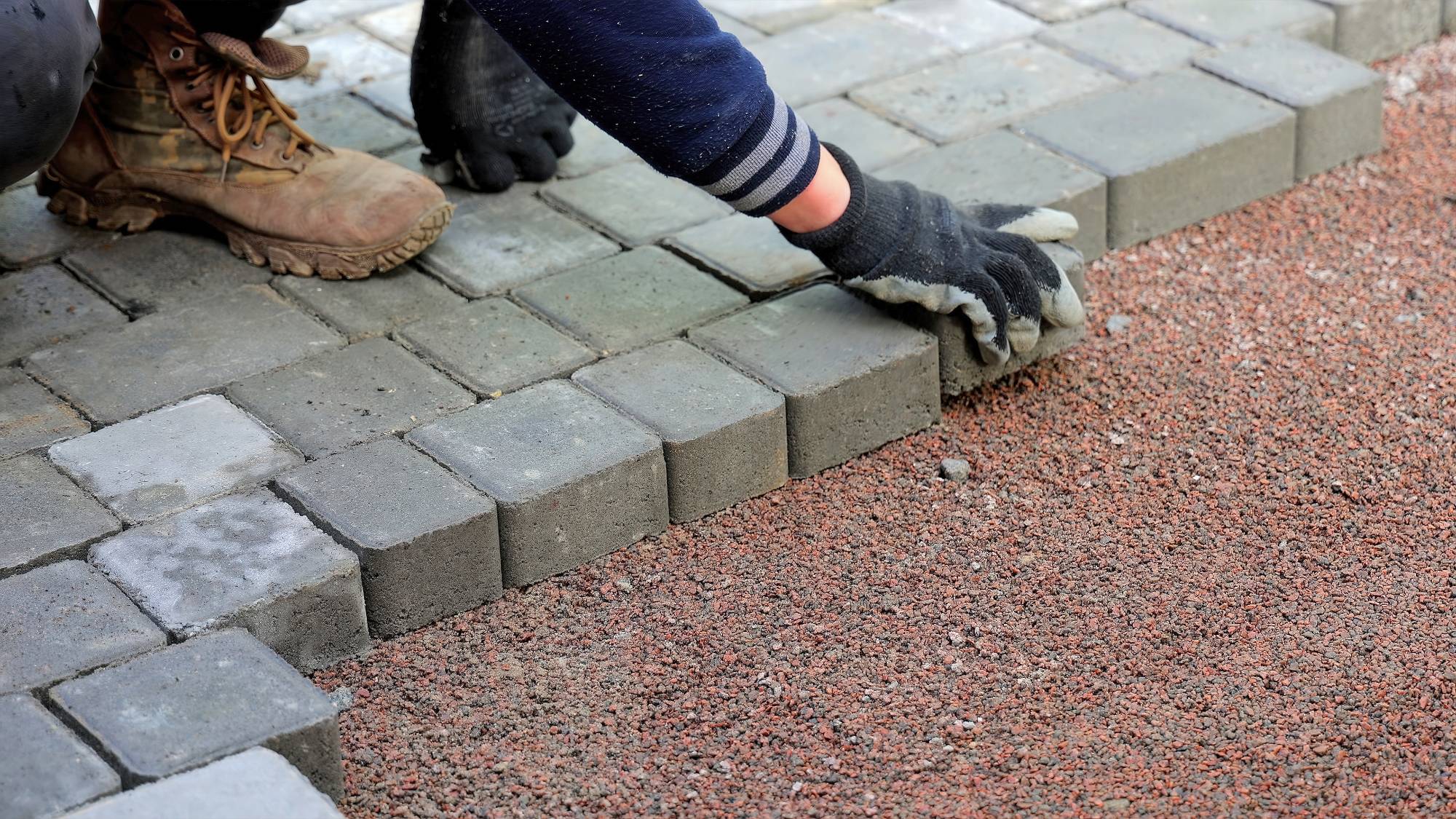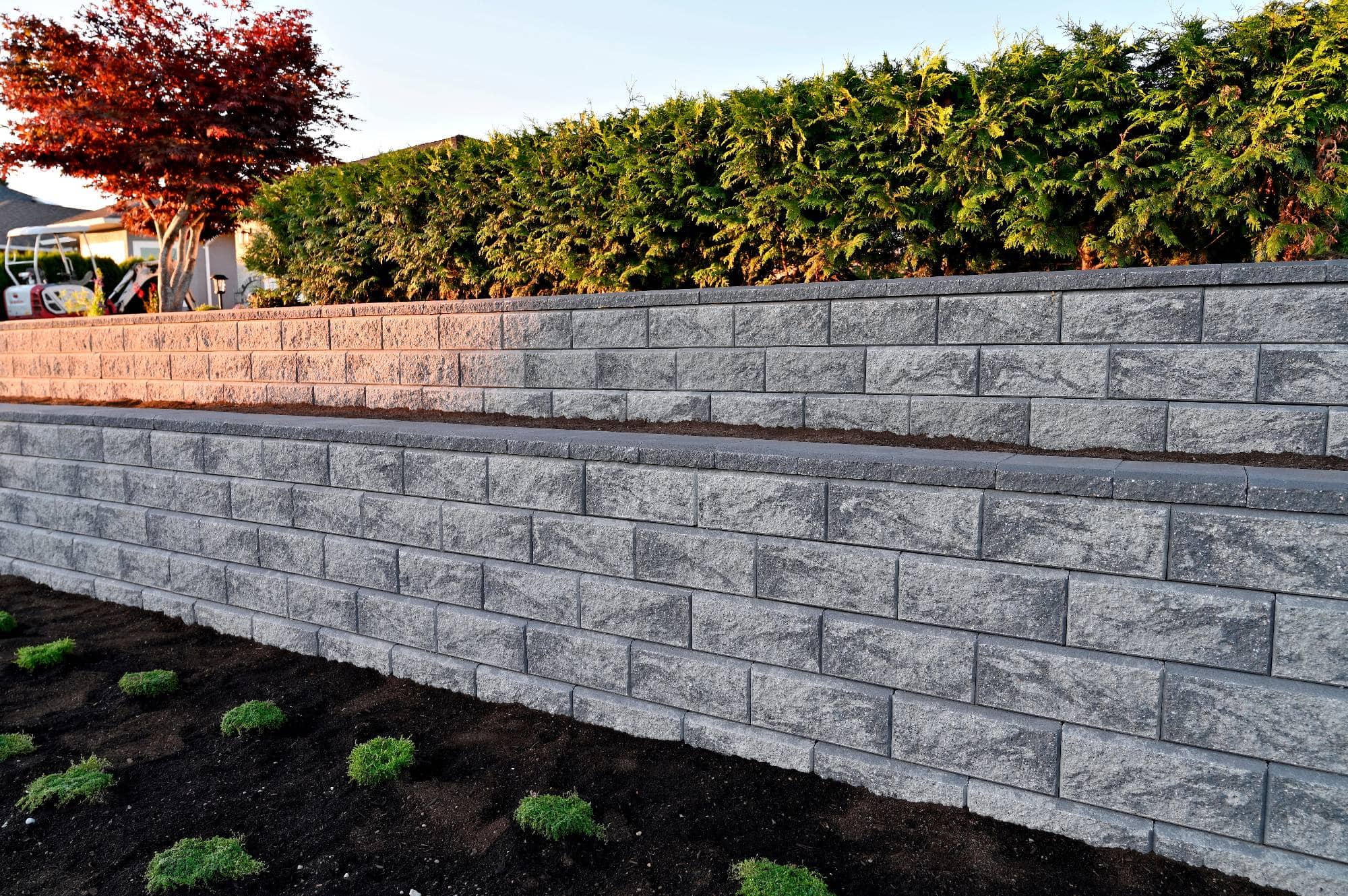Professional hardscaping that increases your property value while creating the functional outdoor living space you’ve always wanted.

Hear from Our Customers

Your property becomes more valuable, more functional, and requires less maintenance. Instead of dealing with muddy walkways, poor drainage, and endless lawn care, you get defined outdoor spaces that work for your lifestyle.
Quality hardscaping solves the problems that have been frustrating you. No more water pooling near your foundation or erosion washing away your landscaping investment. You get durable patios where you can actually entertain guests, walkways that stay level and safe, and retaining walls that handle Mount Pleasant’s challenging terrain.
The difference is immediate and lasting. Your outdoor space becomes an extension of your home rather than a maintenance headache, and your property value reflects the professional craftsmanship that went into creating it.
Above and Beyond Chimney brings decades of experience working with Providence County properties and the unique challenges they present. We understand how Rhode Island winters affect outdoor installations and what materials actually hold up over time.
Mount Pleasant homeowners have specific needs that generic contractors often miss. The coastal climate, soil conditions, and seasonal weather patterns require hardscaping solutions that many companies simply don’t understand. We’ve been solving these exact problems for local property owners, building installations that last.
Our approach focuses on what works long-term in this area. We use materials and techniques that handle freeze-thaw cycles, manage water properly, and complement the architectural styles common in Mount Pleasant neighborhoods.

We start with a site evaluation to understand your property’s specific challenges and opportunities. This includes drainage patterns, soil conditions, existing structures, and how you want to use the space. No cookie-cutter solutions or generic recommendations.
Next comes design and planning that addresses your property’s realities. We account for Mount Pleasant’s climate, local building requirements, and your budget. You see exactly what you’re getting before any work begins, including materials, timeline, and how we’ll handle any complications.
Installation follows a proven process that minimizes disruption to your daily routine. We handle permits, coordinate deliveries, and keep the work area clean and safe. You get regular updates on progress, and we don’t consider the job complete until you’re satisfied with every detail.

Ready to get started?
Every hardscaping project includes site preparation, proper drainage solutions, and installation using materials selected for Rhode Island’s climate. We handle everything from initial excavation to final cleanup, ensuring your property is left better than we found it.
Mount Pleasant properties often require specific considerations that affect project scope. Coastal proximity means salt air exposure, and the area’s varied topography creates unique drainage challenges. We factor these local conditions into every installation, using techniques that prevent common problems before they start.
Your investment includes ongoing support and guidance on maintenance that keeps your hardscaping looking and performing its best. We provide specific care instructions for your materials and climate, plus access to our team if questions arise after completion.
